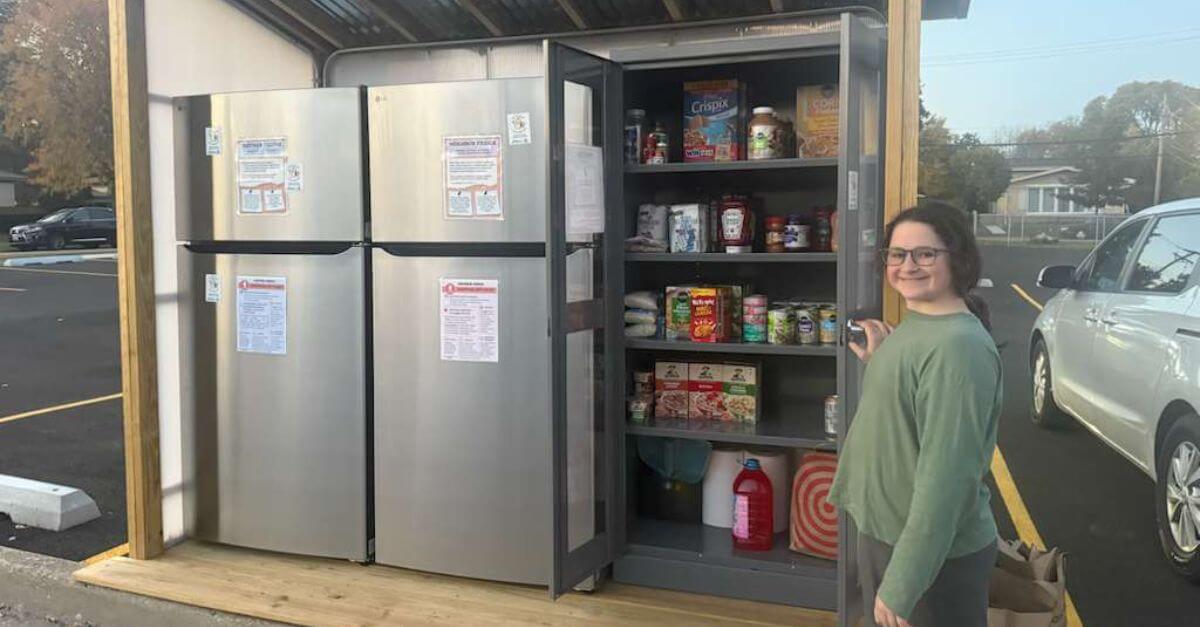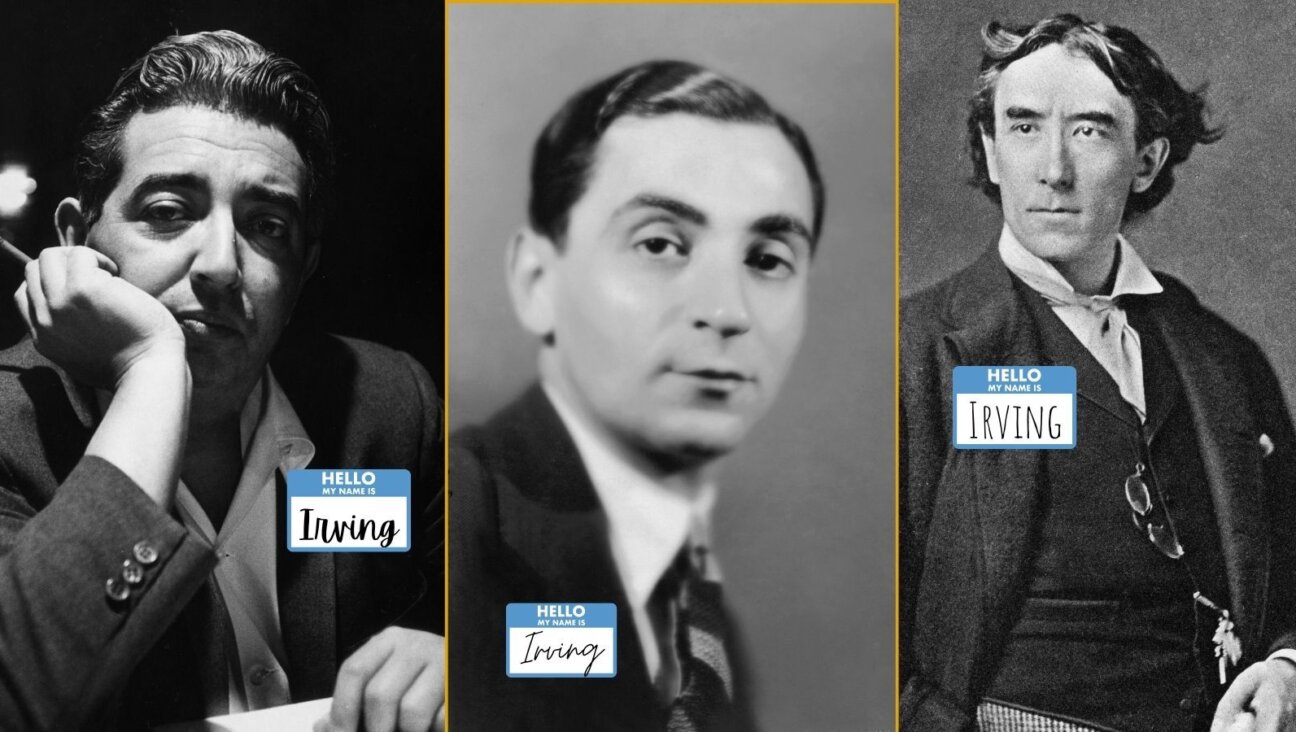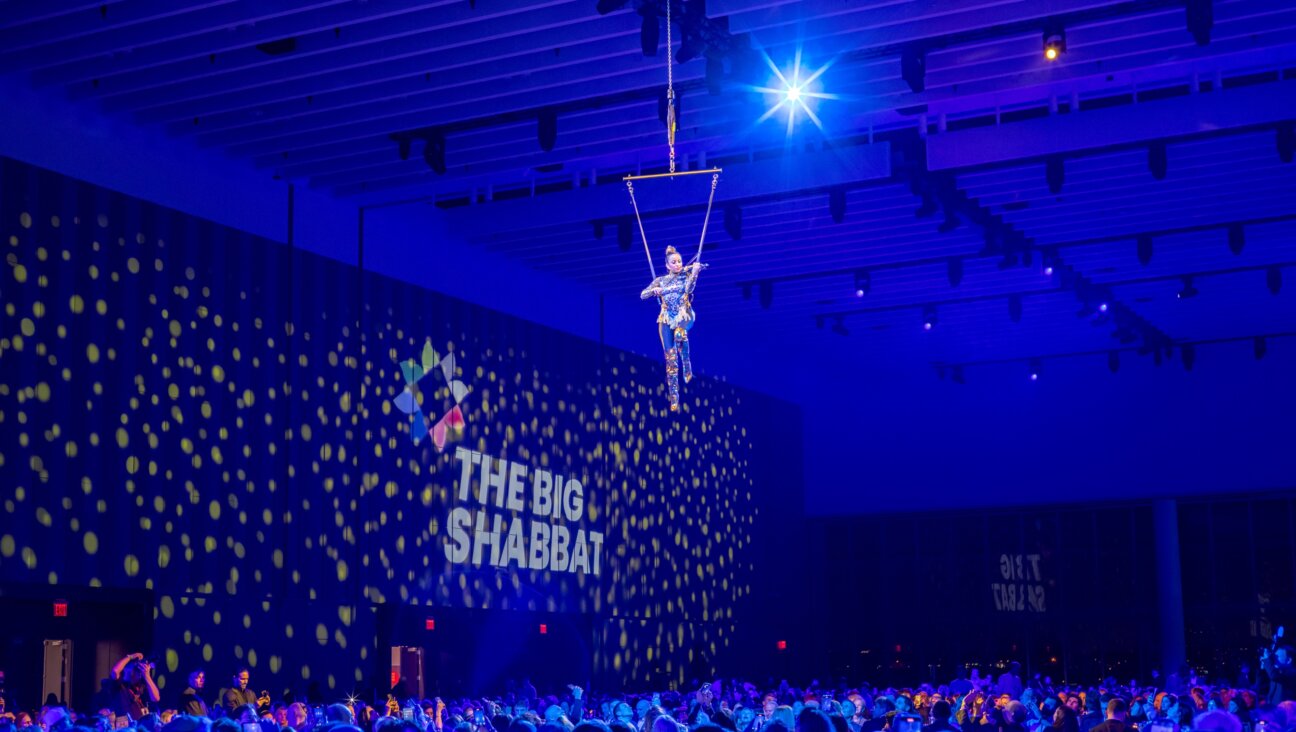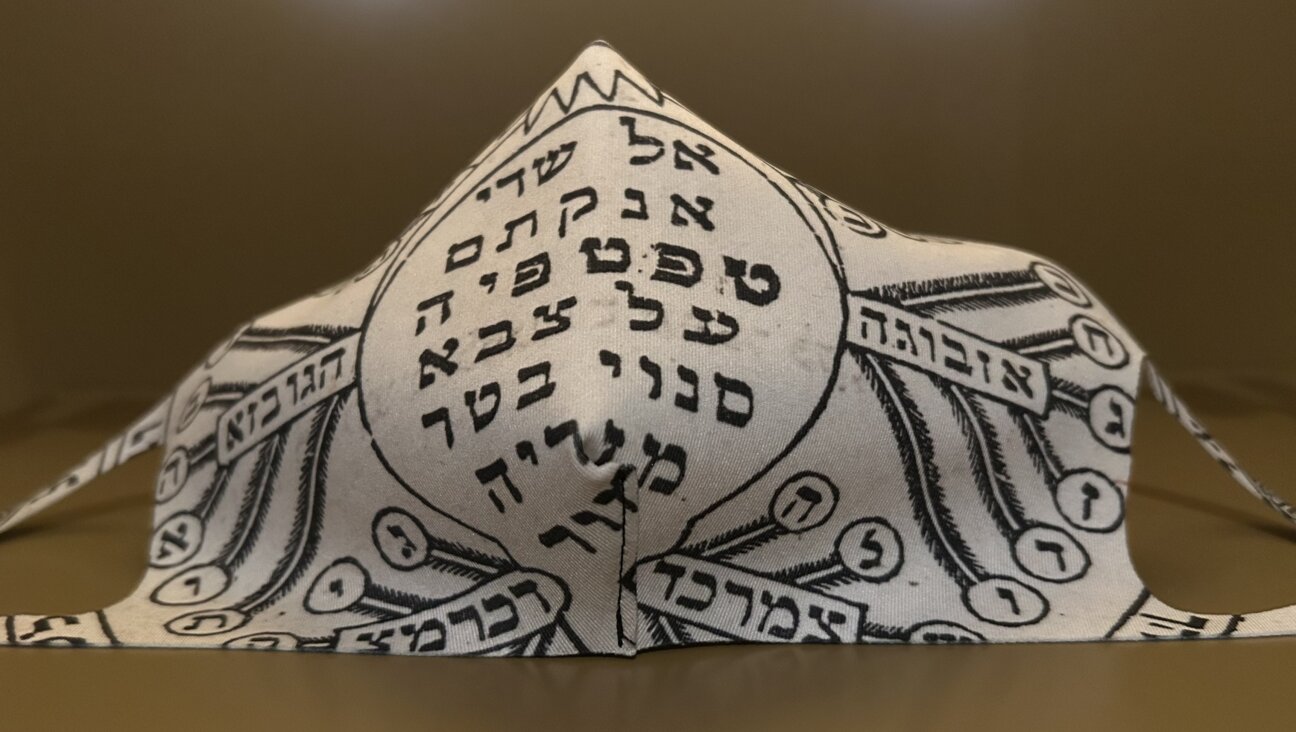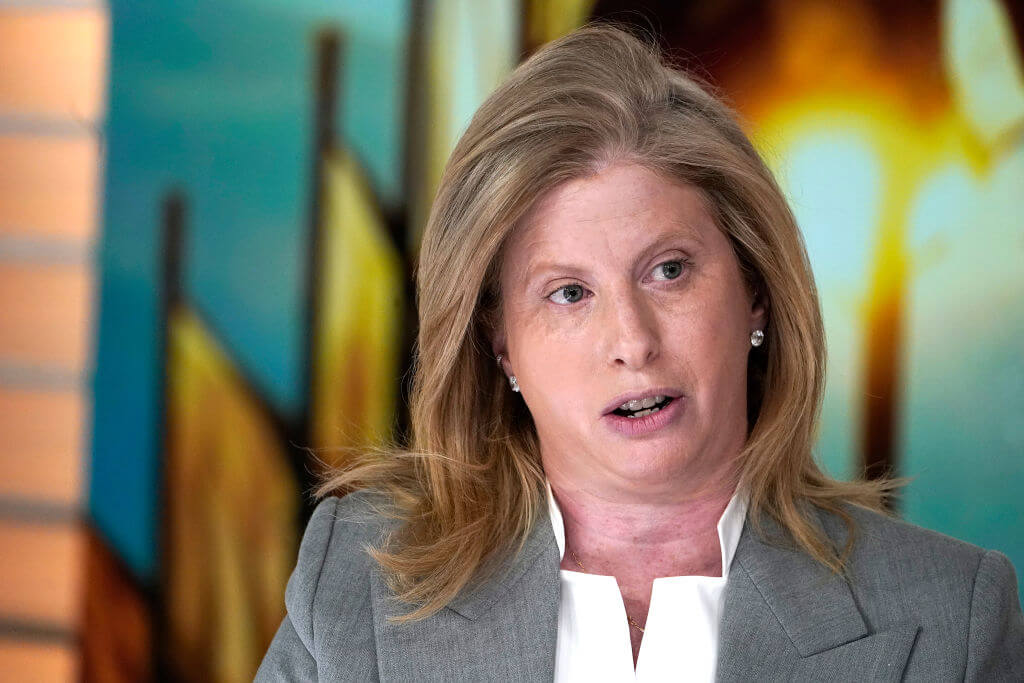L.A. Jewish Groups Focus on Silver Screen
Los Angeles – Mark Jonathan Harris steers clear of attending synagogue services and claims membership in not one Jewish organization. But the filmmaker says that he expresses his identity in another very essential way: through his work.
In fact, two of Harris’s three Oscars were for Holocaust-related documentaries, and he cites the mantra of “Never Again” as the reason he took on one of his most recent projects: producing “Darfur Now,” a documentary portrait of six activists working to end the crisis in the western region of Sudan. But the film, set to open November 2, is the brainchild not of Hollywood movers and shakers, but of a staid Jewish organization — the Los Angeles chapter of the American Jewish Committee, whose leaders approached Harris with the project.
In many ways, Harris and the synergistic story of how “Darfur Now” got made are emblematic of a phenomenon unique to Los Angeles: In a city where the bright lights of Hollywood seem to shine in every corner, even Jewish life overlaps with show business in inextricable ways. For unaffiliated Jews who, like Harris, have carved out careers in the entertainment industry, making movies about the Jewish experience can become a means of expressing their identity. And the reverse is also true: For those Angelenos whose life’s work is, quite literally, their Jewish identity — that is, the professionals who staff the gamut of Jewish organizations — here in Tinseltown, they can easily wind up playing producer for a day.
“I found myself literally going to a pitch meeting at Warner Brothers,” said Rabbi Gary Greenebaum, U.S. director for interreligious affairs at the American Jewish Committee and an executive producer of “Darfur Now.” “Is this how I thought I’d be spending my time as a rabbi? No. And yet somehow it was the right thing to do.”
Of course, not all Jews working in Hollywood are secular — indeed, swaths of them fill the membership rolls at some of L.A.’s toniest synagogues — and Jewish pride in this town is hardly a new phenomenon. But recent decades have seen a decided uptick in the willingness of filmmakers to engage with their identities in film, not to mention the trend of Jewish organizations getting in on the act. For example, many point to Rabbi Marvin Hier, dean and founder of the Simon Wiesenthal Center, who has his own film company, Moriah Films, which in 1997 produced “The Long Way Home,” Harris’s Oscar-winning documentary on the three years between the end of World War II and the founding of the state of Israel. And the tale of how “Darfur Now” got made offers a window into how Jewish organizations are mining their placement in Hollywood — and their Tinseltown connections — to transmit a Jewish message.
Greenebaum, who served as AJC’s Western Region director for 16 years before taking the national post last year, was a key player in getting the film off the ground in April 2006. The idea for “Darfur Now,” however, originated with Dean Schramm, a Los Angeles-based literary agent who represents screenwriters, producers and directors, and also serves on the executive board of L.A.’s local AJC chapter. Schramm, also credited as an executive producer of “Darfur Now,” initially approached Greenebaum with the idea after joining the AJC’s Darfur Task Force, created in February 2006 to respond to the crisis that had already left an estimated 200,000 Darfurians dead.
Following a task force meeting, Schramm, 45, conceived of a documentary film to help raise the issue’s profile. Among his clients was Theodore Braun, a documentary filmmaker who taught at USC’s film school alongside Harris. With the backing of Greenebaum and taskforce chairman Frederick Levin, a prominent L.A. lawyer. Schramm pitched the idea to Braun, who enthusiastically accepted the offer.
From that point on, the domino effect ensued in classic Hollywood style: Friends brought in friends, who brought in friends. Harris signed on as a producer shortly thereafter, bringing in producer Cathy Schulman, who had just taken home the 2006 Best Picture Academy Award for “Crash.” Schulman, in turn, signed up actor Don Cheadle — a “Crash” star who had recently inked a book deal on the Darfur crisis — to both produce and serve as a central character in the nascent documentary.
While Schramm’s industry ties ignited the spark, Greenebaum’s own connections also proved instrumental in forging the film’s path. First, there were Greenebaum’s ties to the Righteous Persons Foundation, Spielberg’s Jewish charity that initially funded the film to the tune of some $100,000. Next, there was Greenebaum’s cozy relationship with the chairman and CEO of Warner Brothers, Barry Meyer.
In the spring of 2006, as AJC and the film’s producers were corralling its team of backers for “Darfur Now,” the 101-year-old Jewish advocacy group was also preparing to honor Meyer with its annual humanitarian prize given to a top entertainment industry executive. So when it came time to find a studio to produce what can be challenging subject matter for a major studio — accustomed as they are to pouring millions into action films and romantic comedies — Greenebaum had direct access to Meyer. The Warner chief, who had previously greenlit Harris’s Academy Award-winning 2000 documentary on the Kindertransport, “Into the Arms of Strangers,” opened the doors for Warner Independent to come on as a producer. Only a year and a half later, shot on a $2.1 million budget, “Darfur Now,” is now set to premiere.
“Darfur Now” follows the stories of six individuals who in varied ways are battling to end the horrors perpetrated by the janjaweed militias, including Cheadle; Argentine Luis Moreno-Ocampo, a top prosecutor at the International Criminal Court in the Hague who investigates the atrocities; Hejewa adam, a mother from West Darfur who joined the rebels after her infant son was killed by the janjaweed militias; and Adam Sterling, the 24-year-old grandson of Holocaust survivors who has been active in trying to push the state of California to divest from Sudan.
Several of the film’s principal players noted that in few other places could a cause taken up by Jewish organizations — ending the Darfur genocide — translate into a studio-backed picture. “There are only a few places in the country where people make movies,” said Schramm. “So it’s undoubtedly a function of the fact that we’re here in Los Angeles that enabled us to do something like this.”


